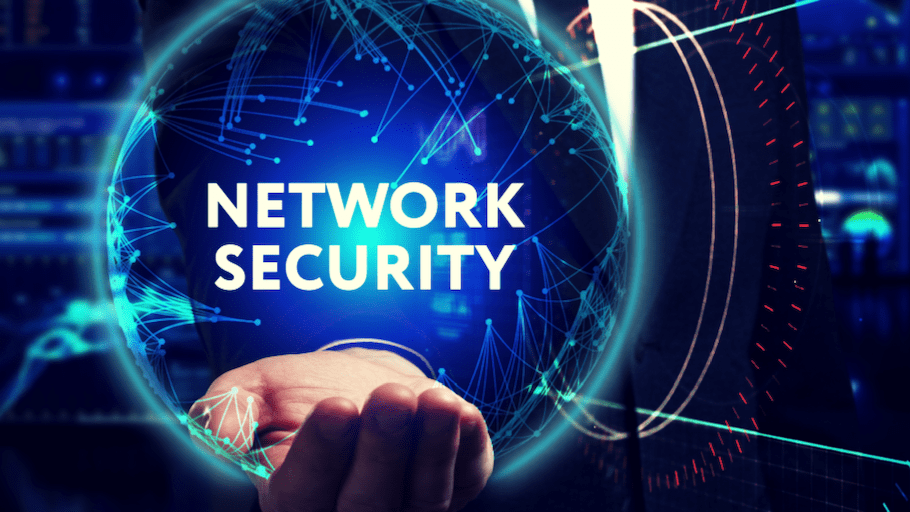Safeguarding Digital Frontiers: Practical Insights into Network Security
The Fundamentals of Network Security
Network security has become crucial in safeguarding digital assets as companies and individuals depend more on online platforms. It involves many practices and technologies collaborating to protect confidential information from unwarranted access and digital threats. A comprehensive guide to network security elucidates the core principles and technologies essential for maintaining data confidentiality, integrity, and availability.
Network security’s heart lies in an anticipatory method for recognizing and eliminating possible dangers before causing harm. It involves implementing technologies such as firewalls, which act as barriers to unauthorized access, and intrusion detection systems that monitor network activity for suspicious behavior. As cyber threats evolve in complexity, so must our strategies and tools. Looking to the future, network security will maintain a crucial presence in the digital landscape, requiring constant vigilance and adaptation.
Understanding Common Network Security Risks
The digital age offers unprecedented opportunities along with significant risks. Malware, including viruses, worms, and ransomware, threatens network security by corrupting data and disrupting operations. These attacks often target vulnerabilities in software and hardware systems, making continuous updates and patches crucial to defense. Meanwhile, phishing attempts deceive users into divulging sensitive information by imitating trustworthy sources.
Unauthorized access is another severe threat, often achieved through exploiting security weaknesses. Hackers can infiltrate systems, extract sensitive data, or cause substantial operational damage. Understanding these risks and their mechanisms helps in developing robust defense strategies. By identifying common vulnerabilities and continuously adapting defensive measures, organizations can better safeguard their networks against potential breaches.
Diverse Security Measures for Comprehensive Protection
Establishing comprehensive network security involves deploying many defenses that collectively shield against varied threats. Firewalls act as the initial line of defense, scrutinizing incoming and outgoing traffic to block potentially harmful data packets. Simultaneously, intrusion detection systems work tirelessly to identify and alert teams to suspicious activities, facilitating prompt and effective responses.
Encryption is another vital component, transforming readable data into encoded information requiring specific decode keys. It ensures that the data remains inaccessible to unauthorized individuals even if intercepted. Recent cybersecurity studies have highlighted the significance of integrating these protective layers to reinforce the security architecture, thereby mitigating risks and enhancing overall system resilience.
The Role of Human Behavior in Network Security
Although technological solutions are fundamental to network security, human behavior is still essential. Employees often represent both the first line of defense and the greatest vulnerability. Educating staff about potential threats, such as phishing attempts and social engineering, is essential to building a resilient security culture. Regular training and simulations can enhance awareness and empower employees to act decisively against threats.
Fostering a culture of security-mindedness involves training and embedding security into everyday practices. Encourage employees to adopt security best practices, such as using strong passwords and recognizing suspicious activities. Incorporating these practices into the organizational culture allows companies to lower significantly the chances of breaches caused by human error, enhancing technological defenses.
The Importance of Regular Security Audits
Security audits are a proactive strategy for maintaining and enhancing network security. They entail thoroughly assessing a company’s security policies, practices, and technologies to uncover weaknesses and guarantee adherence to industry regulations. Regular audits provide valuable insights into current security measures’ effectiveness and highlight improvement areas.
Through these regular evaluations, organizations can stay ahead of potential threats and adapt their security strategies accordingly. Audits serve as a compliance check and an essential mechanism for risk management, ensuring that security measures are dynamic and responsive to new challenges. By prioritizing regular security assessments, companies can enhance their resilience against cyber threats and protect digital and physical assets.
Staying Current with Evolving Threats
Cyber threats are ever-changing, with new vulnerabilities and attack vectors emerging regularly. Staying informed about the latest developments in cybersecurity is crucial for maintaining robust protections. Organizations must engage in continuous learning and adaptation to counter these evolving threats effectively.
Proactively researching emerging security challenges and trends enables organizations to anticipate potential risks and implement measures to mitigate them. The most recent industry reports provide valuable insights into such developments, offering guidance on innovative defensive strategies and technologies. By embracing a forward-thinking approach, businesses can remain agile and better prepared to thwart sophisticated cyberattacks.
Cost-Effective Network Security Solutions
Achieving comprehensive network security within budget constraints is a common challenge for many organizations. However, numerous cost-effective solutions allow for robust protection without compromising financial resources. Open-source security tools offer powerful features at significantly reduced costs compared to commercial solutions, making them viable options for businesses with limited budgets.
Additionally, cloud-based security models provide scalable and flexible solutions tailored to an organization’s specific needs. Leveraging shared intelligence and collaboration within the cybersecurity community can also boost defenses cost-effectively. Balancing security investments with budget considerations is achievable through strategic planning and resource allocation, ensuring that organizations remain fortified against threats while maintaining financial health.
Conclusion: The Path Forward in Network Security
Network security must evolve continuously in an era of technological advancements and escalating cyber threats. The path forward involves integrating comprehensive strategies encompassing technological solutions and human-centric practices. By embracing innovation, promoting a culture of security awareness, and performing regular audits, organizations can establish robust defenses that safeguard their digital futures. By prioritizing adaptability, vigilance, and continual improvement, businesses can secure their networks effectively, ensuring protection and resilience in an ever-changing digital world.
Keep an eye for more latest news & updates on Phmhaven!






